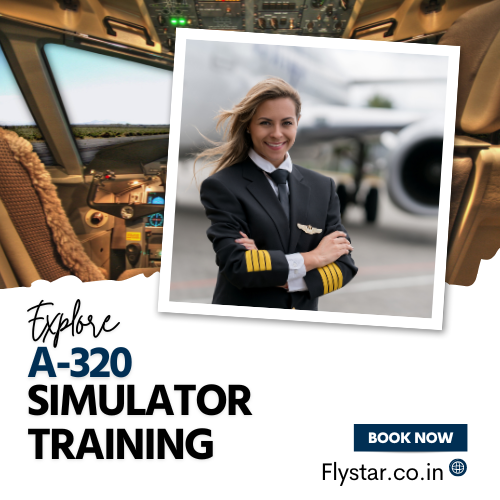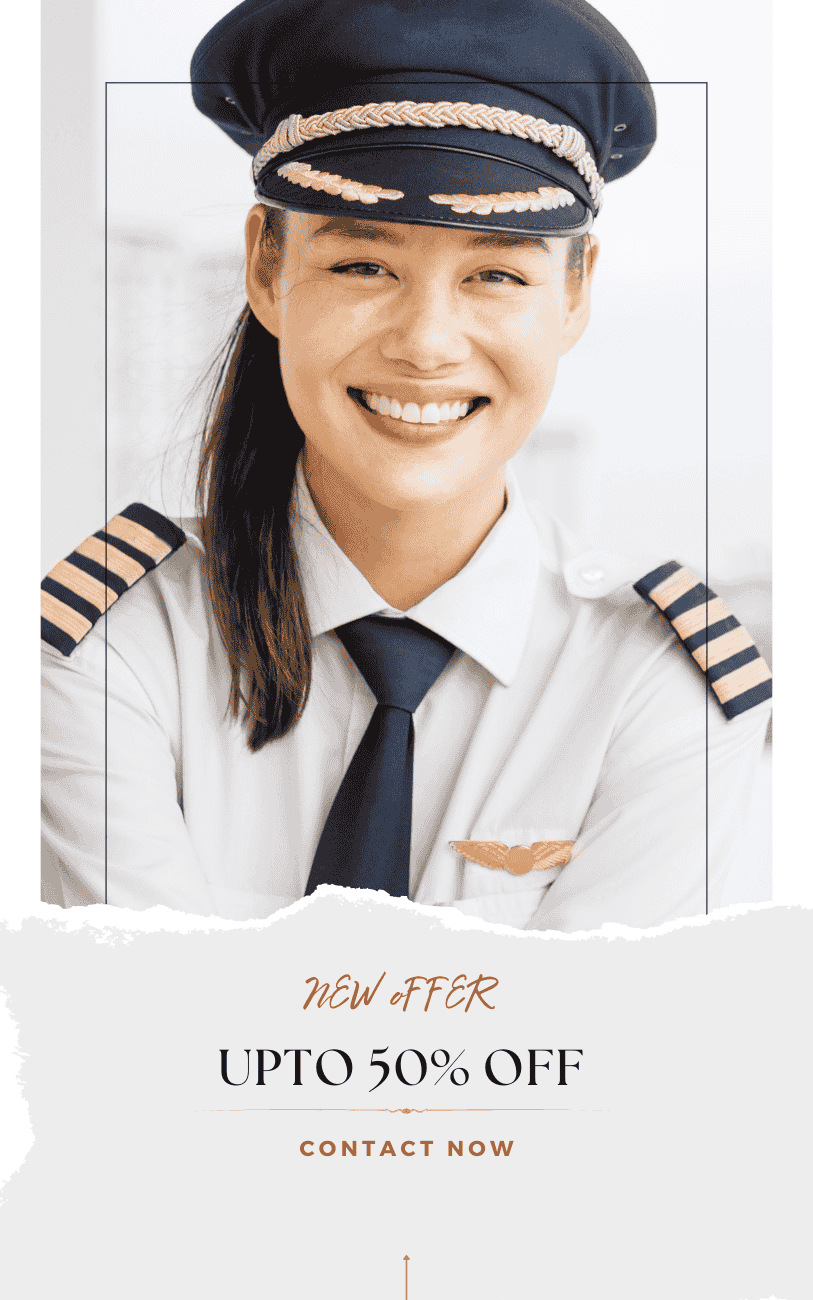Air Regulation Classes for Commercial Pilot License (CPL)
The Air Regulation Classes are a vital component in the Commercial Pilot License (CPL) curriculum, offering aspiring pilots a detailed exploration of the regulatory landscape governing aviation. Designed to instill a thorough understanding of legal and safety parameters, these classes delve into international, national, and local aviation regulations. From civil aviation authorities to air traffic control procedures, aircraft certification, and maintenance standards, the curriculum covers an array of topics. Licensing requirements, safety protocols, flight operations rules, security measures, and legal considerations are meticulously examined. Practical applications, including case studies, provide students with the opportunity to apply theoretical knowledge to real-world scenarios. Ultimately, the Air Regulation Classes equip future commercial pilots with the expertise to navigate the complexities of the aviation industry responsibly and professionally.

New Upcoming Batches
Overview of - Commercial Pilot License (CPL) Air Regulation Class
The Commercial Pilot License (CPL) Air Regulation class provides a comprehensive overview of the regulatory framework that governs commercial aviation. This essential course equips aspiring pilots with the knowledge and understanding required to operate within legal and safety parameters. To begin with, the class introduces students to international, national, and local aviation regulations, offering insights into the legal structures that shape commercial aviation operations.
As the curriculum progresses, it covers a range of topics, including civil aviation authorities, air traffic control procedures, aircraft certification, and maintenance standards. This sequential exploration provides aspiring pilots with a holistic understanding of the regulatory landscape that dictates their future professional endeavors.

Moreover, the class delves into licensing requirements, safety protocols, and flight operations rules, thoroughly examining each aspect to ensure a comprehensive grasp of the rules and guidelines that pilots must adhere to during their careers.
In addition to these core components, the curriculum addresses security regulations, legal considerations, and liability issues. Emphasizing the importance of adherence to aviation security measures and understanding the legal responsibilities associated with commercial aviation, this section further enhances the students’ understanding of their role in maintaining the safety and integrity of air travel.
As an integral part of the learning experience, the class incorporates practical applications, including case studies. This approach not only reinforces theoretical knowledge but also allows students to apply what they have learned to real-world scenarios, fostering a practical understanding of the regulatory principles.
In summary, the CPL Air Regulation class serves as a foundational pillar in pilot training, employing a systematic and comprehensive approach. By introducing, progressing, examining, addressing, and incorporating practical applications, the class ensures that future commercial pilots are well-versed in the regulatory intricacies that govern the aviation industry, ultimately contributing to safe, responsible, and compliant flight operations.
A-320 Simulator Training
A-320 Simulator Training is a pivotal component in the comprehensive preparation of pilots for operating the Airbus A320. In this specialized training, pilots immerse themselves in realistic flight scenarios using a sophisticated simulator that faithfully replicates the A320 cockpit. The simulator provides a dynamic environment for pilots to practice a range of maneuvers, including takeoffs, landings, and emergency procedures, fostering a deep understanding of the aircraft’s capabilities.
Key Features of A-320 Simulator Training Include :
- Full-motion simulator
- High-fidelity visual system
- Accurate cockpit replication
- Instructor operating station
- Recurrent and type-rating training
- Scenario-based training
- System simulation
- Failure and emergency scenarios
- Crew resource management (CRM) training
- Data recording and debriefing


Air Regulation For CPL Classes
Air Regulation classes for Commercial Pilot License (CPL) play a pivotal role in shaping the knowledge and expertise of aspiring pilots. This comprehensive course provides an in-depth exploration of the regulatory framework governing commercial aviation, ensuring that future pilots operate within legal and safety parameters.
Moreover, the classes delve into security regulations, legal considerations, and liability issues, placing a strong emphasis on compliance with aviation security measures and fostering an understanding of the legal responsibilities associated with piloting.
To enhance practical knowledge, the curriculum strategically incorporates case studies. This pedagogical approach allows students to apply theoretical concepts to real-world scenarios, cultivating a practical understanding of regulatory principles and their applications in the dynamic aviation environment.
In conclusion, Air Regulation classes for CPL form an integral part of pilot training, providing a comprehensive understanding of the regulatory landscape. By covering diverse aspects, from international regulations to practical applications, these classes ensure that future pilots are well-equipped to contribute to safe, efficient, and compliant commercial aviation operations throughout their careers.
Course Outline of CPL Air Regulation Classes
The course outline of CPL Air Regulation Classes is designed to provide aspiring commercial pilots with a structured and comprehensive understanding of the regulatory framework that governs aviation. The following is an overview of key topics covered in these classes:
Introduction to Aviation Regulations:
- Overview of international, national, and local aviation regulations
- Understanding the legal structure that guides commercial aviation operations
Civil Aviation Authorities and Organizations:
- Study of regulatory bodies and their roles
- Introduction to international aviation organizations such as ICAO
Air Traffic Control Procedures:
- Detailed exploration of air traffic control regulations and procedures
- Understanding communication protocols and coordination between pilots and controllers
Aircraft Certification and Maintenance Standards:
- Examination of aircraft certification processes
- Overview of maintenance standards and requirements for commercial aircraft





